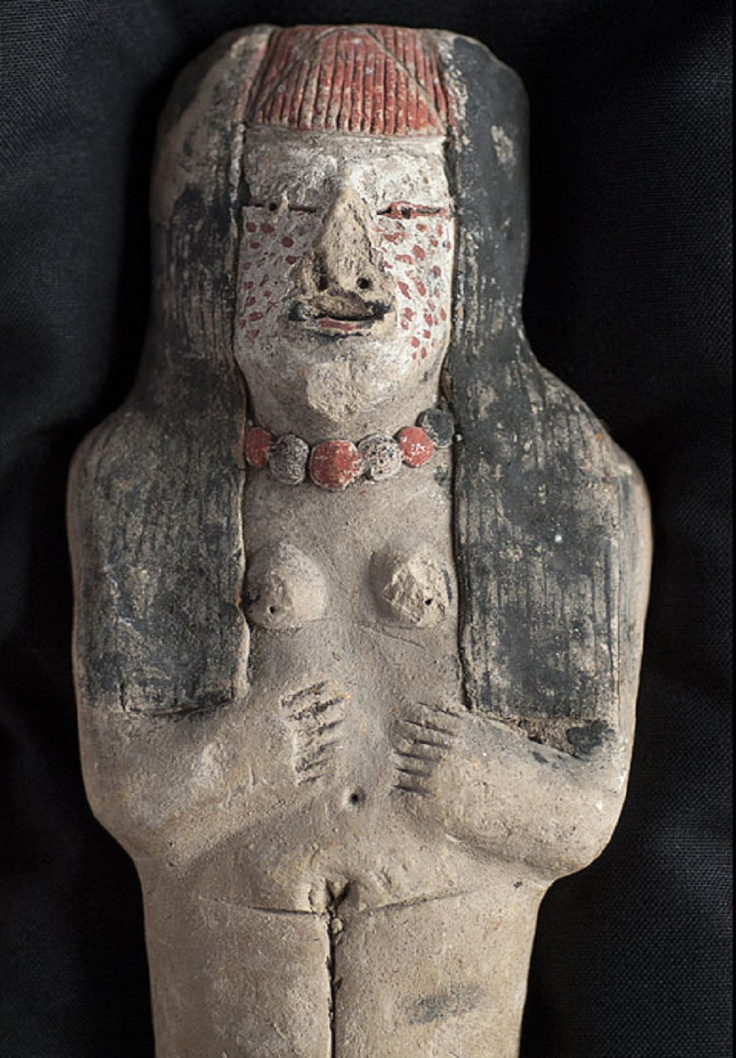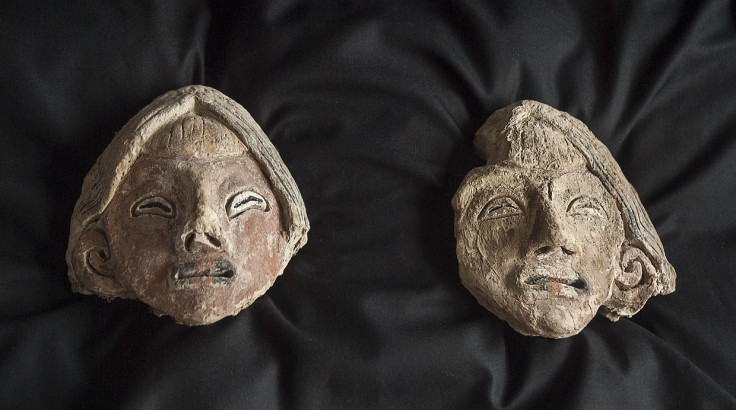Ancient Caral civilisation: 3,800-year-old statuettes of priestess and politicians discovered in Peru
Three statuettes created Peru's ancient Caral civilisation have been discovered by archaeologists, depicting political leaders and a priestess.
The terracotta figurines, measuring no more than 80cm, were unearthed in the district of Vegueta, in the Lima province of Huaura and have been dated to 3,800 years ago. The find was announced by the Ministry of Culture.
Researchers say the statuettes were of deep symbolic significance – they were found in a basket of reeds tied with cotton, with another basket placed inside. The figures had been arranged to be looking at one another.

Two of the statuettes are believed to have been political authorities, with the third representing a priestess.
The male statuettes is naked and has areas of white paint on the face and body. He is sitting cross-legged with yellow hair falling over his shoulders and wearing a beaded necklace.
A second female political figure of high status is also naked, with her face painted with white strips and black lip colouring. She has red hair and a red and black beaded necklace.

The central figure is that of a priestess and is much larger than the other two. Her face is painted white with red dots. Her hair is black with a red fringe and she also wears a necklace.
Also found at the site were two female clay heads – had they been full statues they would have stood at about 50cm. The heads were wrapped in tissue and were covered in yellow, blue and orange feathers – possibly from macaws.
The Caral civilisation first emerged about 5,000 years ago and covered an area of over 60 hectares, with around 3,000 inhabitants. It was abandoned around 1800BC for unknown reasons.
© Copyright IBTimes 2024. All rights reserved.























